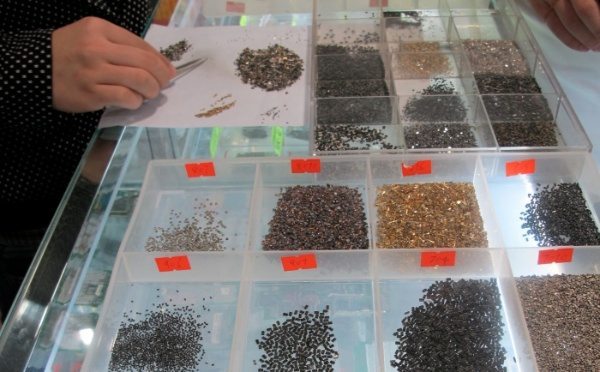How have mobile phone and iPad recycling changed over time
It hardly seems possible but mobile phones and tablets have only been a significant part of our lives for the past 15 to 20 years or so. And yet, nowadays, it’s impossible to walk down the street without seeing large numbers of people fiddling with a mobile phone or checking something out on their iPad. These gadgets have practically exploded onto the market, fostering intense competition and such rapid technical innovation that new models are being introduced almost before the introductory advertising campaigns for the old ones are over.
With everyone scrambling for the latest mobile phone or the newest tablet or iPad, the disposal of the superseded models has become a major concern around the world. Interestingly, this problem has arisen at a time when increased environmental awareness has made us think more about how we get rid of our rubbish.
Gadget recycling and Electronic waste (E-Waste)
In the early days of mobile phones and iPads, little thought was given to their disposal. Most people would put them in a drawer at home for back up or simply dump them with their other rubbish. This still happens, but these days we are more alert to the fact that these electronic items contain potentially toxic materials like lead and cadmium as well as non-biodegradable plastics and that these cannot be treated as ordinary waste without the risk of causing serious contamination. We are also more aware that they contain valuable metals like gold and silver that can be recovered for re-use.

This has led to the development of a whole new industry built solely around the need to recycle mobile phones and tablets like iPads. New companies will also purchase used mobile phones and tablets for recycling. If the items are still serviceable, they will refurbish them and re-sell them in local markets, while older but still usable models will be sent overseas to developing countries. Devices that are beyond repair are cannibalised for parts or else sent to facilities where the precious and harmful materials can be recovered before they are finally disposed of in a controlled and safe way. Many countries, including the UK, have introduced legislation to control how these devices are handled for disposal.
As people strive to keep up with new technology, an increasing number of perfectly functioning late model mobile phones and iPads are being made redundant. This has created a thriving market for used devices. Owners are able to realise a reasonable cash return by selling their old devices on Internet auction sites, to over 40+ recyclers or by trading in when they purchase their new device.
Why not donate your mobile phone?
Many choose to give their old devices away. There are many charities that are very grateful to receive donated mobiles and tablets. Schools, too, are always pleased to have these devices for children to learn on.
As we progress, new technology becomes available quicker than ever before. People do not like to get left behind and, increasingly, many are buying new devices even though their old ones are still functioning perfectly. In fact, estimates suggest that many people renew their mobiles and iPads every two years or less. This has created a huge problem regarding the disposal of all these unwanted devices.
We now know that we can’t afford to dump these devices thoughtlessly. We also realise that many of these devices still have a useful life and so pass them on. How have mobile phone and iPad recycling changed over time? With the amount of people in the UK that have recycled a mobile phone growing from 6% to 10% in 4 years, the answer is a single word — awareness.
 About the Author
About the Author
Ashley Turner worked for many years in the phone industry and manages a leading E-Waste recycling business based in the UK, for more information visit the website directly or contact him at — ashley (at) comparemymobile (dot) com

Live Comment
Your email address will not be published.